Art & Culture
Seven of the Best Books Written by Cuban Women
Book stalls in the street at Plaza de Armas, Havana
Photo: Shutterstock
The Female Authors that re-shaped the Landscape of Cuban Literature
Share
Have you ever heard of Abakuá? It is a male-only Afro-Cuban secret society whose rituals and dances combine old African spirituality with Western symbology. And did you know that almost everything we know about its origins and beliefs comes from a female researcher?
Like this tropical version of freemasonry, Cuban society also hides its secrets in plain sight from outsiders, with discreet social threads combining tradition, values, and aspirations. Often taken for granted or underestimated, Cuban women frequently weave these threads and candidly expose them – making women’s artistic expression a sharp tool to dissect the island’s soul.
To fully understand all the forces shaping Cuba, you would need to spend a few decades researching it. But through the works of these seven Cuban writers, you can get a deep and intimate look at our nation’s psyche – and you won’t have to leave the comfort of your reading nook!
The Secret Language of the Abakuá
by Lydia Cabrera
If there is one scholar who can untangle the complex knot of Cuban religious culture, it’s Lydia Cabrera. The celebrated ethnographer is best known by El Monte, a Bible-like anthology of African religion. However, her research on the secret Abakuá rituals is what makes her unique.
In this book, Prof. Cabrera documented the traditions, initiation rites, etiquette, and lifestyles in an attempt to distill the essence of Cuban society – while demonstrating how, despite the opposition of the powerful, it was unavoidably shaped by African influence.
In The Secret Language of the Abakuá, she lands closer to her ideal. Few researchers have accessed as much information on Abakuá’s influence on Cuban popular art and music as Lydia.
Absolute Solitude: Selected Poems
by Dulce María Loynaz
Such a list of fundamental readings could not be complete without a few verses. After all, one of Cuba’s most acclaimed pen women, both domestically and overseas, is the poet Dulce María Loynaz. Winner of the 1992 Cervantes Award (among the most prestigious accolades in contemporary Spanish-language literature) and the daughter of a prolific art family, Dulce María Loynaz also helped define Cuban postmodernism.
Her poems are eclectic and intimate. They discuss seemingly mundane or domestic actions to shed light on the psychology of love, faith, grief, and loneliness. This compilation was the first collection of her works in English, including select verses from all her published books.
Other Letters to Milena
by Reina María Rodríguez
Some people say that if you truly want to understand what life was like for Cubans during the tumultuous Special Period (after the fall of the Soviet Union), you should read Leonardo Padura and Pedro Juan Gutiérrez. Other Letters to Milena, by Reina María Rodríguez, provides a ground-to-Earth view of the terrible years between 1991 and 2000.
In her masterpiece, the Cuban author provides a poetic exploration of the post-soviet world and the tribulations experienced by those who, despite everything, don’t want to migrate. A sentiment you can still find in present-day Cuba.
Habana: Year Zero
by Karla Suárez
According to this novel, 1993 was Cuba’s Year Zero – the harshest of all years within the devastating Special Period. However, unlike other authors of her generation, Karla Suárez doesn’t gloat amidst the surrounding economic crisis. Instead, her main characters spent the final years of the 20th century following the footprints of Antonio Meucci, an Italian immigrant who once led a team of technicians at Havana’s Tacón Theater back in 1835 (when it was the largest in the Americas) while inventing the telephone.
As it turns out, the first prototype of this revolutionary device was not built by Alexander Graham Bell, as is usually believed: it was actually manufactured in the Caribbean by the Florence native.
One Hundred Bottles
by Ena Lucía Portela
Ena Lucía Portela is an introverted anomaly among contemporary Cuban writers, yet her novel is considered one of the island’s “must-reads.” Why? Perhaps it’s because of the cheekiness the author splashed around her tales, which describe the lives of marginal characters in the 1990s amidst back streets that would hardly show up on any tourist guide.
My Favorite Girlfriend was a French Bulldog
by Legna Rodríguez Iglesias.
The “Legna tsunami” - as she’s dubbed by critics - is one of Cuba’s most daring new authors. Her works defy the constraints of a single genre and dance around the limits of poetry, scriptwriting, novel, and academic essays.
Amidst this fusion of tones and languages, she puts the reader outside their comfort zone – the ideal place to address hot topics such as the political contradictions, family intrigues, and even sexual habits typical of “old and new Cuba.”
Written by Lorena Sánchez.
Published October 2022.
Explore Cuban Art & Culture
Fábrica de Arte Cubano: A Unique Experience for Art Lovers
Havana houses one of Time Magazine’s Best 100 experiences: the
Step Back in Time at Finca Vigía – Hemingway’s Home in Cuba
Visit the Ernest Hemingway home in Cuba that attracts followers
The Cuban Cigar: Everything You’ll need to know
Learn about the curious and mysterious history of the Cuban
Trace the Steps of Hemingway Around Havana
Stroll through Cuba’s storied streets with this guide to Ernest
Seven Cuban Artists to Follow on Instagram Now
Dive into Cuba's dynamic art scene with our selection of
Know Before You Go: Cuban Slang Words & Phrases
Explore Cuba like a local using these essential Cuban slang
Your Essential Guide to Cuban Culture & Customs
Immerse yourself in the rich Cuban culture that defines this
Five Cuban Clothing Brands to Shop for in Havana
Take a look at the emerging Cuban dress wear brands
Dance to Your Own Beat at Havana World Music 2022
Havana World Music: Are you ready to break beyond the
Categories
Tags
Share
Subscribe to our newsletter
Get more travel inspiration, tips and exclusive offers sent straight to your inbox
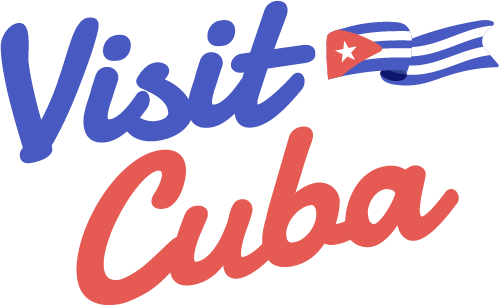
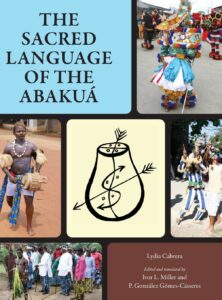
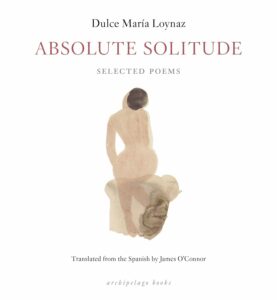
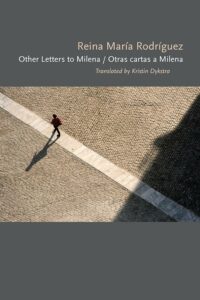
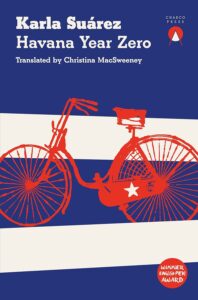
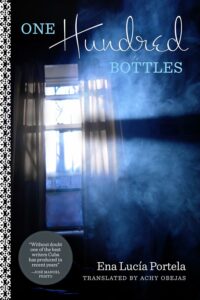
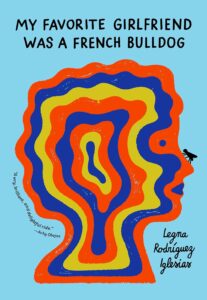
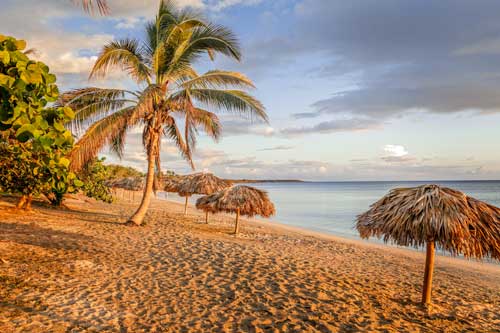 Subscribe to our newsletter for the best monthly stories and insider guides about Cuba!
Subscribe to our newsletter for the best monthly stories and insider guides about Cuba!